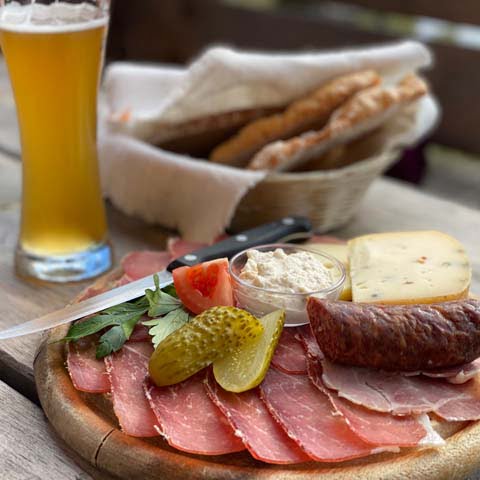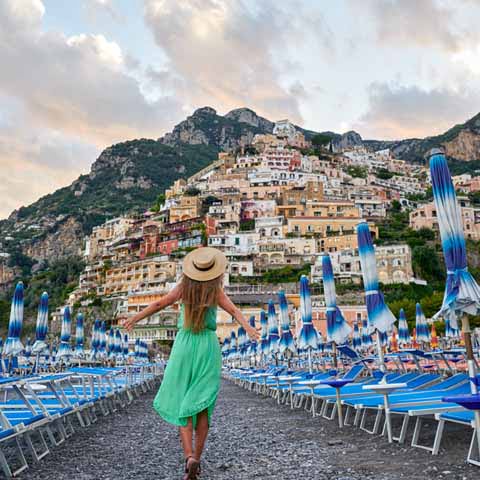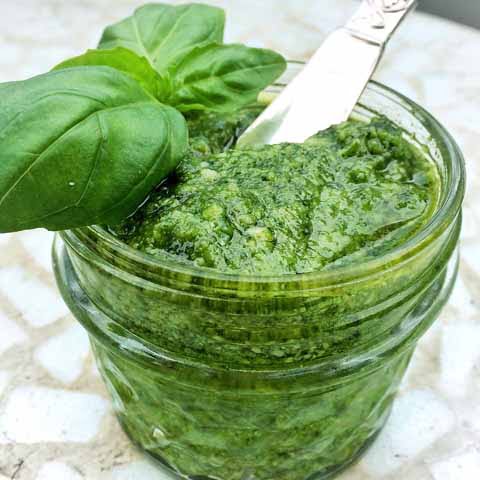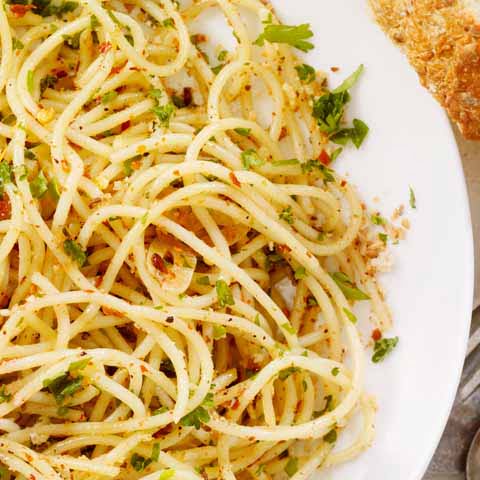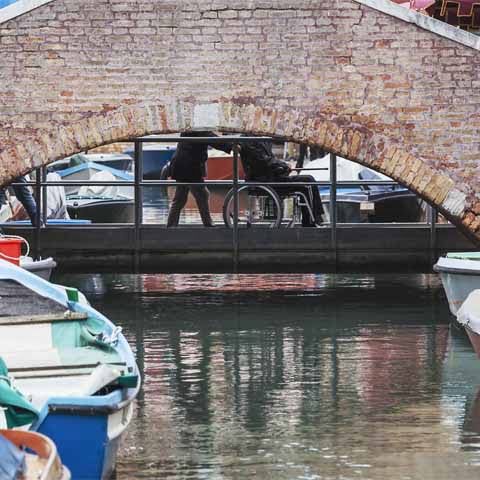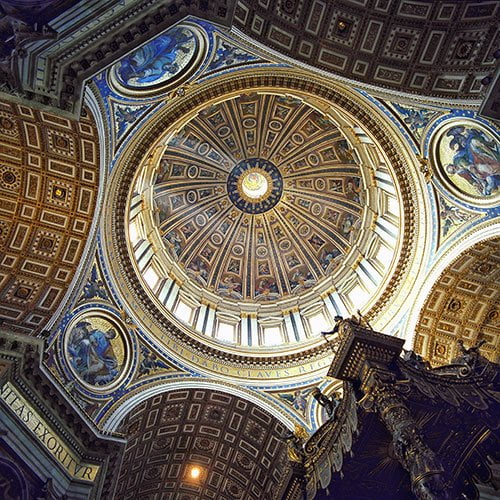Eight Foods that Say Welcome to Trentino-Alto Adige
Must Try Foods When Visiting Trentino-Alto Adige Though each regional cuisine in Italy has its own distinct features, the food of Trentino-Alto Adige is perhaps the most unique of all due to its Germanic influences. Featuring a variety of Italian ingredients juxtaposed with German and Austrian culinary traditions, typical dishes in Trentino-Alto Adige tend to
Eight Foods that Say Welcome to Trentino-Alto Adige Read More »
